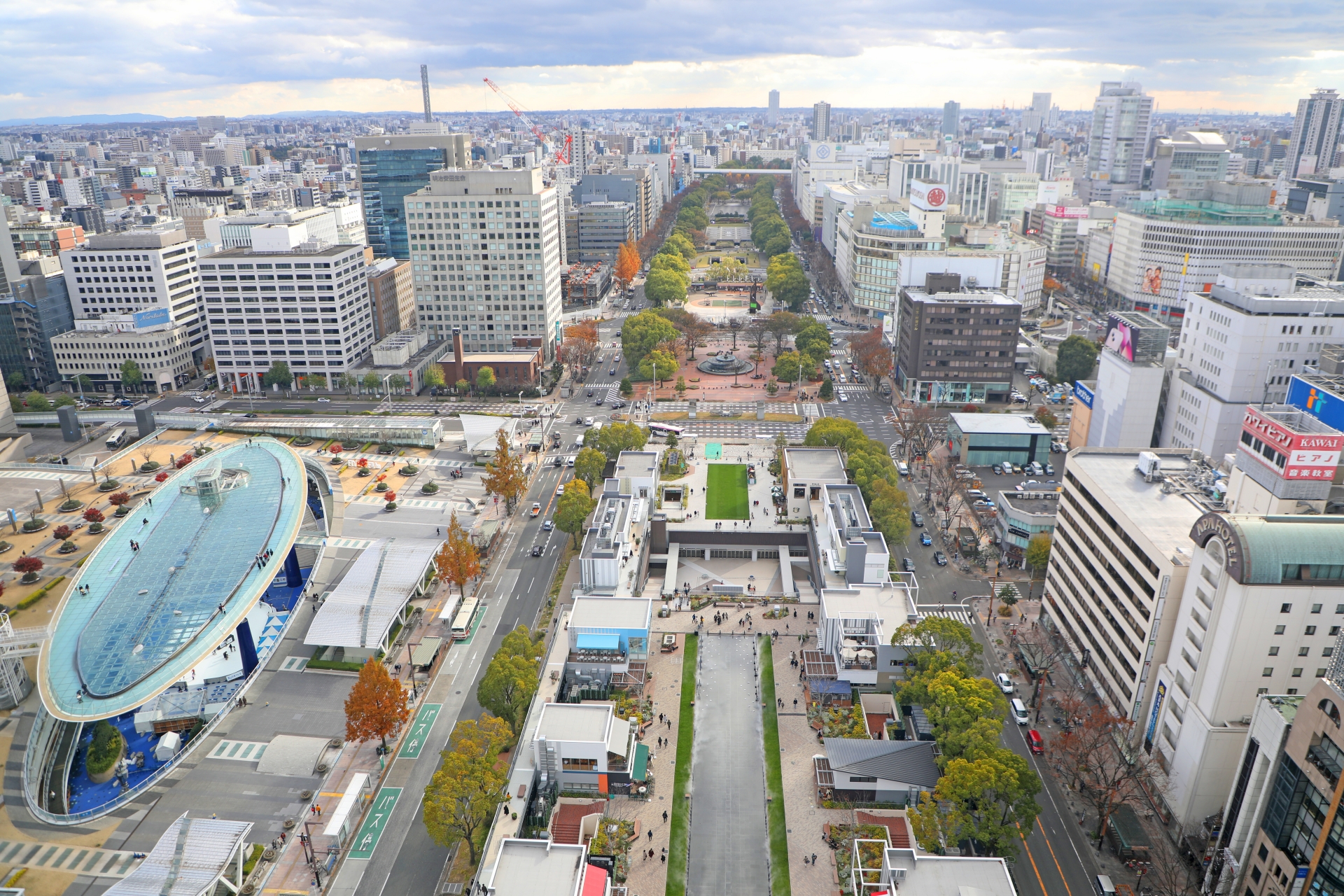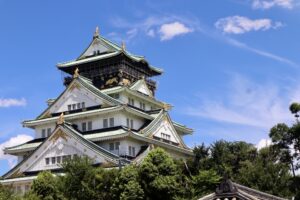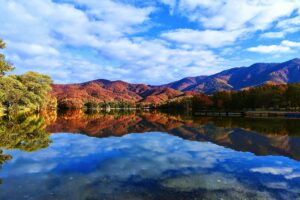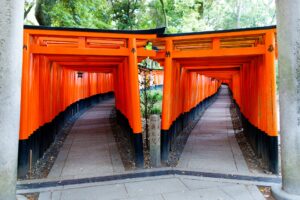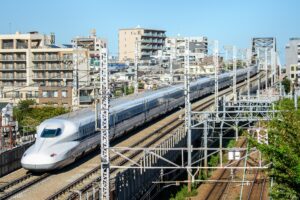Nagoya, often overshadowed by Japan’s larger cities, is a treasure trove of unique experiences, rich history, and cultural wonders. Whether you’re a first-time visitor or returning to explore more, this guide will help you uncover the best Nagoya has to offer, from its famous landmarks to its hidden gems. Let’s dive into the heart of this dynamic city.
Discovering Nagoya: An Overview
Nagoya, Japan’s fourth-largest city, is often overlooked by travelers, but it’s a hidden gem brimming with history, culture, and modern attractions. Located between Tokyo and Osaka, Nagoya seamlessly blends the traditional with the contemporary. It’s a city where the grandeur of its feudal past, exemplified by the iconic Nagoya Castle, meets the vibrant, cutting-edge atmosphere of a modern metropolis. As a key industrial hub, it’s also home to the headquarters of global companies like Toyota. This section provides a snapshot of what makes Nagoya unique, offering insights into its role in Japan’s history and its modern-day significance.
Top Attractions in Nagoya
Nagoya boasts a wealth of attractions that cater to a wide range of interests, from history buffs to families with young children. Here are some must-see spots in the city:
Nagoya Castle: A Symbol of Japan’s Feudal History

Nagoya Castle, originally constructed in 1612, stands as a testament to Japan’s rich feudal history. The castle is famed for its golden shachihoko, mythical dolphin-like creatures, perched on its roof. Visitors can explore the beautifully restored Honmaru Palace within the castle grounds, which showcases exquisite craftsmanship and offers a glimpse into the life of a Japanese lord. Practical tips for visiting include arriving early to avoid crowds and exploring the nearby Ninomaru Garden, a serene space perfect for a leisurely stroll.
Atsuta Shrine: Spiritual Heart of Nagoya
One of Japan’s most significant Shinto shrines, Atsuta Shrine, enshrines the sacred sword Kusanagi-no-Tsurugi, one of the three Imperial Regalia of Japan. The shrine attracts over nine million visitors annually, who come to seek blessings and experience its tranquil atmosphere. To fully appreciate Atsuta Shrine, visit during one of its many annual festivals, such as Atsuta Matsuri, which takes place in June. Early morning or late afternoon visits are recommended to avoid peak crowds.
Nagoya Science Museum and Planetarium
The Nagoya Science Museum, with its distinctive giant silver globe housing one of the world’s largest planetariums, is a fantastic destination for families and science enthusiasts alike. The museum’s interactive exhibits cover a range of scientific fields, from space exploration to biology. The planetarium offers a mesmerizing experience with its highly realistic starry skies and educational shows. It’s advisable to book tickets in advance, especially during weekends and school holidays.
Where to Stay in Nagoya
Nagoya offers diverse accommodation options that cater to different preferences and budgets. Whether you prefer the bustling city center or a more traditional neighborhood, there’s something for everyone.
Sakae: The Vibrant Heart of Nagoya

Sakae is the beating heart of Nagoya, known for its shopping, dining, and entertainment options. This central district is ideal for tourists who want to be in the middle of the action. Hotels in Sakae range from luxury brands like Hilton Nagoya to more budget-friendly options. Staying in Sakae means you’re within walking distance of major attractions like the Nagoya TV Tower and Oasis 21.
Nagoya Station Area: Convenience and Connectivity
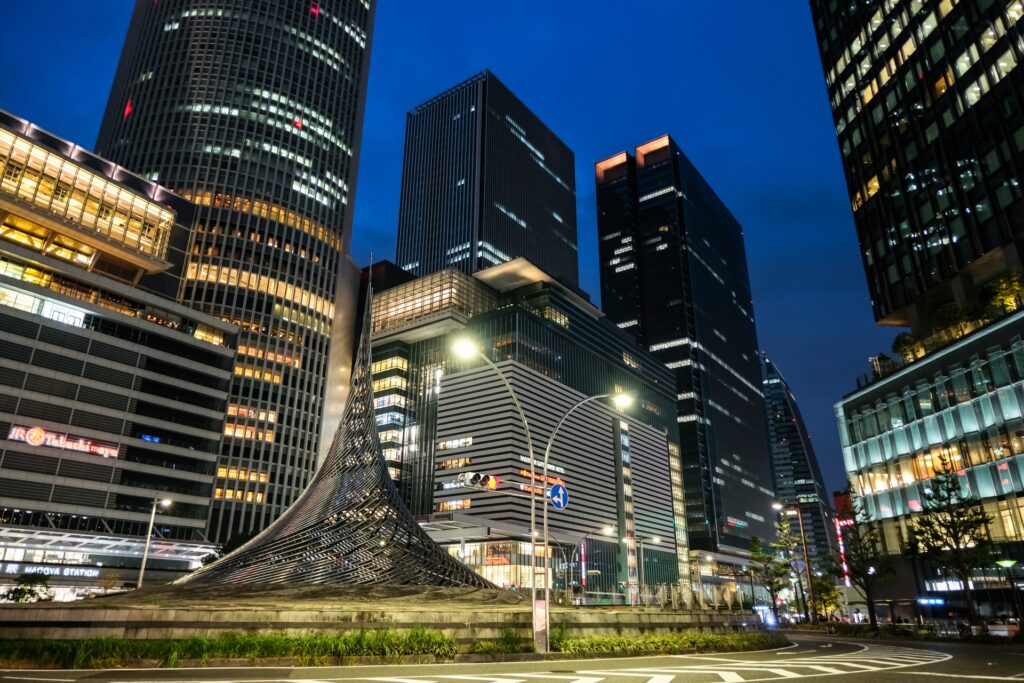
Staying near Nagoya Station provides unparalleled convenience, especially for travelers who plan to explore beyond the city. The area is a major transportation hub with easy access to Shinkansen, local trains, and buses. Accommodation options range from high-end hotels like the Marriott Associa to budget-friendly choices like the Nagoya Ekimae Montblanc Hotel. This area is particularly recommended for business travelers due to its proximity to conference centers and corporate offices.
Osu: Traditional Charm and Modern Comforts
The Osu area, famous for the Osu Shopping Street and Osu Kannon Temple, offers a blend of traditional charm and modern comforts. It’s an excellent choice for those looking to experience a more local and authentic side of Nagoya. Boutique hotels and ryokans (traditional Japanese inns) are popular in this district, offering a unique and culturally immersive stay.
Savoring Nagoya: Culinary Delights
Nagoya is a food lover’s paradise, renowned for its unique local dishes. Here are some culinary highlights you shouldn’t miss:
Hitsumabushi: The Unagi Specialty
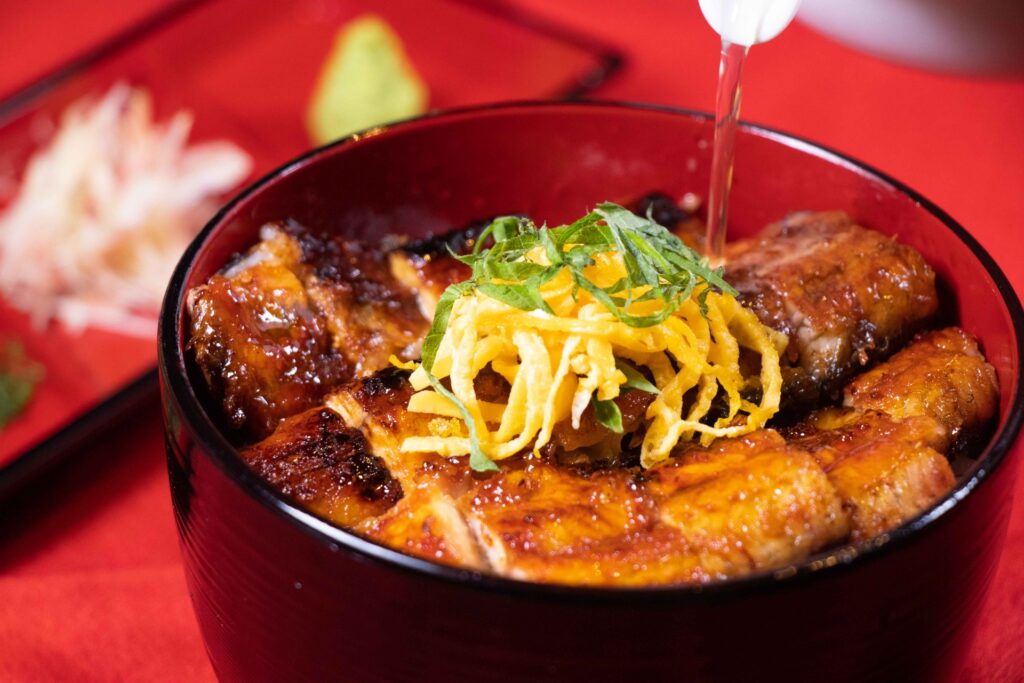
Hitsumabushi, a dish featuring grilled eel served over rice, is one of Nagoya’s most famous culinary offerings. What makes it unique is the way it’s eaten in three different steps: plain, with condiments, and as ochazuke (with broth poured over it). Some of the best places to try hitsumabushi include Atsuta Horaiken, which has been serving this delicacy for over a century.
Miso Katsu: A Nagoya Staple

Miso katsu is a variation of the traditional Japanese pork cutlet, topped with a rich, savory miso sauce that’s unique to Nagoya. The deep, robust flavor of the miso sauce sets it apart from other katsu dishes in Japan. Yabaton is a popular restaurant where you can savor an authentic plate of miso katsu.
Kishimen: Nagoya’s Unique Noodles
Kishimen, flat and wide wheat noodles, are another local specialty. Served hot in a simple dashi broth or cold with a dipping sauce, kishimen are both comforting and satisfying. One of the best places to try kishimen is at the famous Sumiyoshi restaurant located within Nagoya Station.
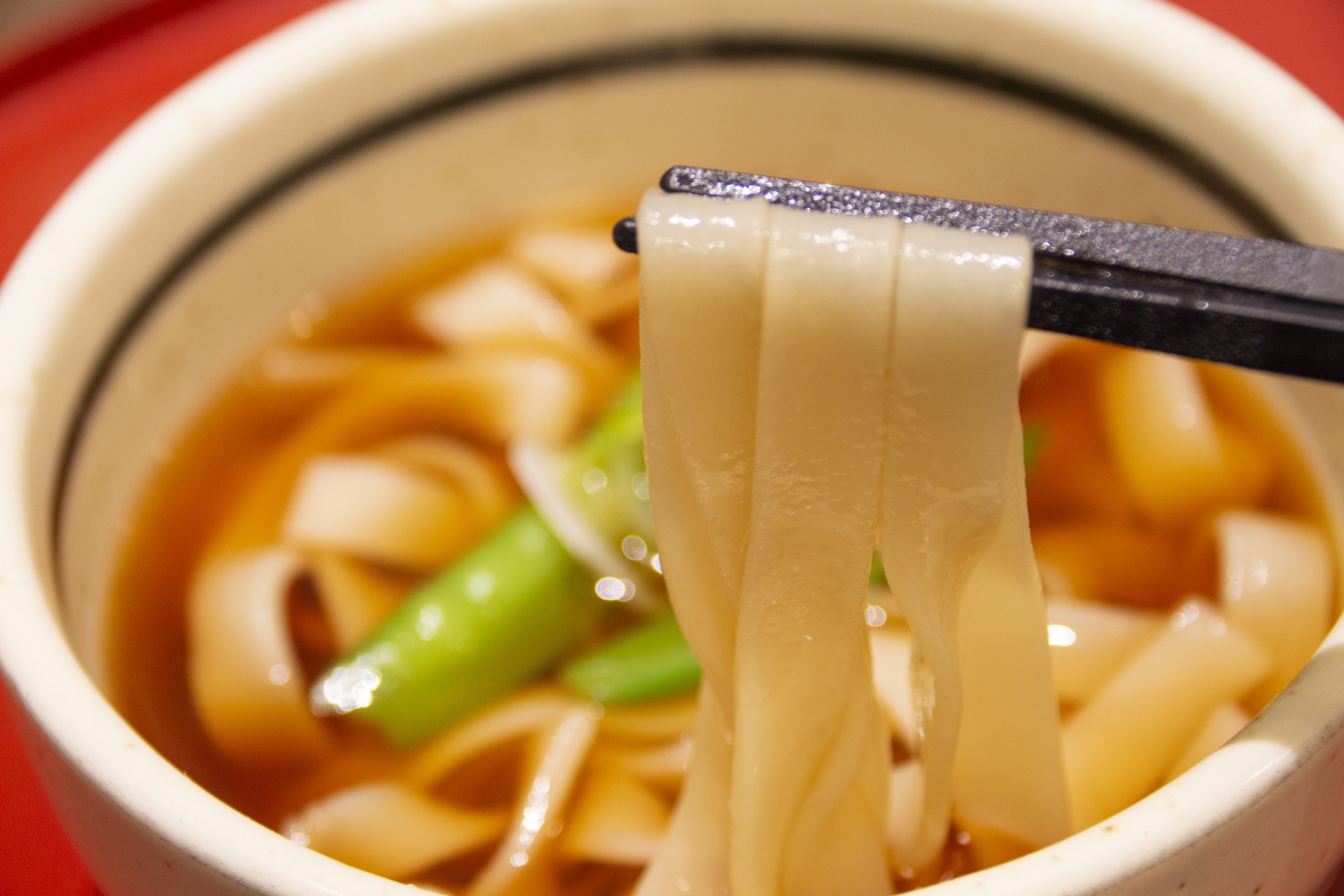
Hidden Gems and Off-the-Beaten-Path Experiences
Beyond the well-known attractions, Nagoya offers several hidden gems that provide a more intimate look at the city’s culture and history.
Osu Kannon Temple and Shopping Street
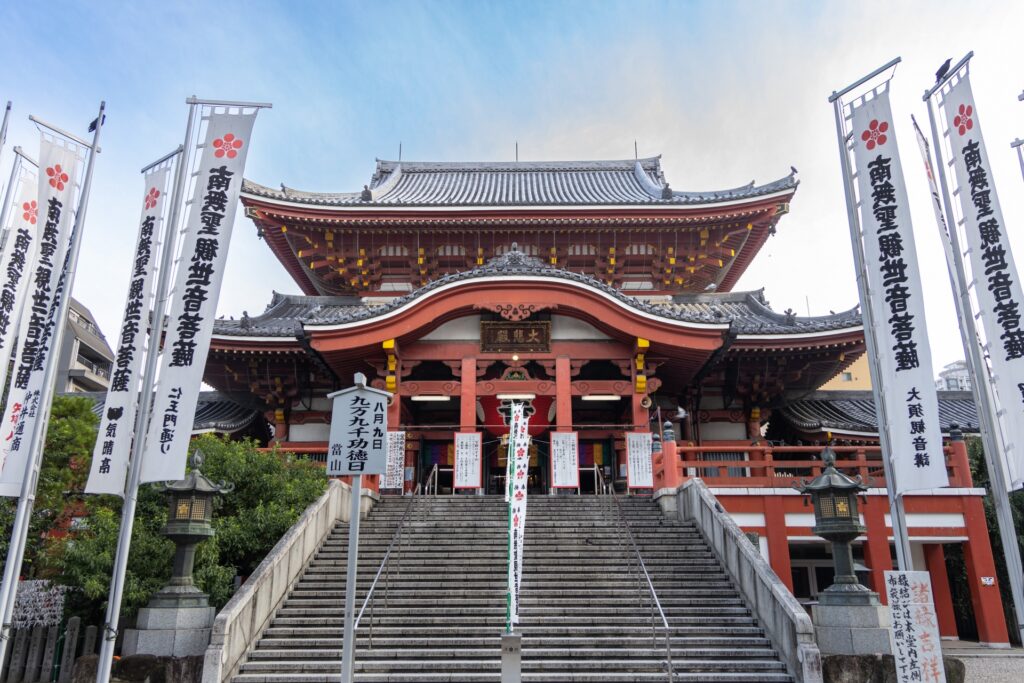
Osu Kannon Temple, along with the surrounding shopping street, offers a blend of history and modernity. The temple itself is a serene space in the heart of the bustling Osu district, while the shopping street is a vibrant area filled with a mix of traditional shops, trendy boutiques, and street food stalls. It’s an excellent spot for discovering unique souvenirs and experiencing local culture.
Nagoya City Archives: A Glimpse into the Past
The Nagoya City Archives, housed in a beautiful Western-style building from the early 20th century, is a lesser-known attraction that’s a must-visit for history enthusiasts. The archives provide an in-depth look at Nagoya’s development and the lives of its citizens over the past century. The building itself is an architectural gem, offering a stark contrast to the city’s modern skyline.
Practical Tips for Traveling in Nagoya
Navigating a new city can be challenging, but these tips will help you make the most of your time in Nagoya.
Getting Around Nagoya
Nagoya’s public transportation system is efficient and easy to use. The city’s subway network is the most convenient way to get around, with four main lines covering most of the key attractions. Day passes are available, which provide unlimited travel on subways and buses, making it an economical option for tourists. For those staying near Nagoya Station, the JR lines offer quick access to nearby cities and regions.
Tips for International Travelers
For international visitors, it’s useful to know some basic Japanese phrases, although many signs and announcements are available in English. Currency exchange services are readily available at the airport and major train stations. When it comes to local customs, remember to remove your shoes when entering traditional accommodations or certain temples. Nagoya is generally very safe, but it’s always wise to be mindful of your belongings, especially in crowded areas.
Seasonal Events and Festivals in Nagoya
Nagoya hosts a variety of seasonal events and festivals that offer unique cultural experiences throughout the year.
Nagoya Matsuri: The Grand Festival

Nagoya Matsuri, held every October, is the city’s most significant festival, celebrating its rich history with parades, traditional performances, and reenactments of historical events. The festival’s highlights include the procession of warriors, where participants dress in elaborate samurai armor, and the dynamic taiko drumming performances. The best viewing spots are along Otsu-dori Avenue, where the main parade takes place.
Osu Summer Festival: A Celebration of Culture
The Osu Summer Festival, held in August, is a vibrant celebration that combines traditional Japanese culture with modern entertainment. The festival features lively performances, including Bon Odori (a traditional dance), and the famous Mikoshi (portable shrine) parade. Visitors can also enjoy a variety of food stalls offering local delicacies. It’s an ideal event for those looking to experience the festive spirit of Nagoya.

